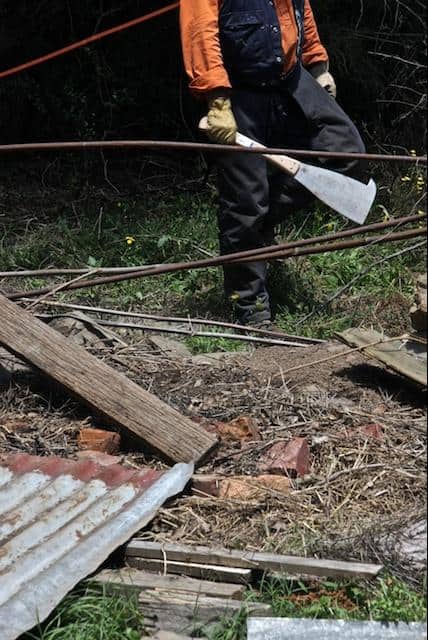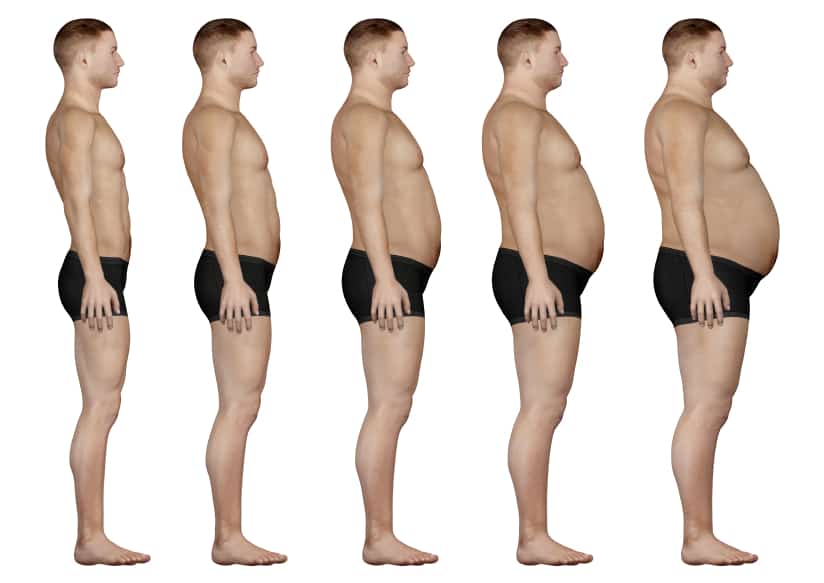Yossi Berger writes:
We’re all familiar with the notions of focus and attention, and selective attention. We’ve all experienced how difficult it can be to attend to target information when background noise is distracting. The issue can be referred to as the signal-to-noise ratio.
I often find its effects in discussions with managers and workers during workplace inspections. That is, I hear animated discussions of hazards, of risks, of risk assessments and risk management and various systems and theories. The conversations over flow with these concepts whilst most of workers’ daily problems aren’t even raised, they don’t reach the level of a signal.
Thankfully in most workplaces, most managers and most workers have not experienced any fatalities. By far most of them will not have experienced or witnessed a serious injury or serious disease. Nor have most experienced their local hazards actually seriously hurting anyone.
But most workers will have experienced some dangerous working conditions, mostly not mortally dangerous, but dangerous. Continue reading “Just workplace hardship”


